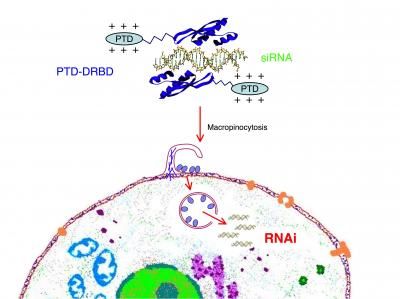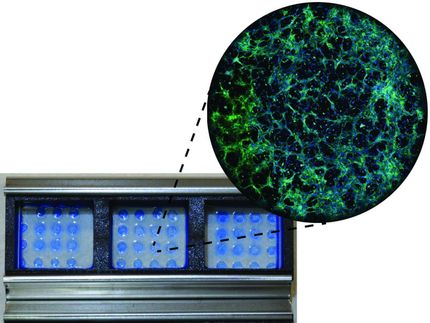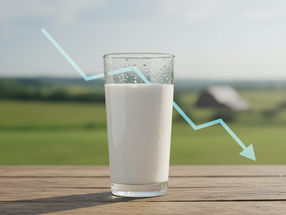Breast Cancer Therapeutics Market Shows Sustained Growth and Opportunity for New Market Participants
Greater Efficacy and Reduced Toxicity of Innovative Breast Cancer Therapies Increase their Uptake
Advertisement
As the breast cancer therapeutics market moves into an era of personalised medicine, high growth is anticipated within the biologics sector with more products being integrated into an adjuvant setting or used as preventative measures. Current treatment regimes have harsh side effects and only prolong the life of the patient rather than offer a total cure of the disease. Therefore, there is significant opportunity for new and innovative products to serve this patient population.
Existing cancer therapeutics for other cancer indications are being investigated and approved for their application in the treatment of breast cancer. However, the lack of efficacy and the high toxicity of existing products, along with a lack of consensus among physicians with regard to the best course of treatment, means that there remains a significant area of unmet medical need. Manufacturers attempting to address this lacuna will need to convince both oncologists and patients about the efficacy of a formulated drug in order to ensure sustained growth.
Breast cancer is a multifactor disease; hence, no standardised medication is available for patients. Herceptin is the only product that is approved by the Food and Drug Administration (FDA) currently available in the market. Besides, mastectomy and radiotherapy, the administration of hormonal, cytotoxic or biologic therapeutics is carried out to improve the long-term outlook of the treatment.
"This means that comprehensive proof of efficacy must be conveyed to physicians to ensure successful sales and the effective treatment of patients. This requires a stringent clinical regime, continued proof of application, sustained product development and an effective marketing campaign," observes Frost & Sullivan Healthcare Manager Alex Wong. Adjuvant settings are being experimented across the market to investigate their applications. Extensive use of combination therapies and early diagnosis systems is likely to offer more growth prospects.
Backed by these trends, the breast cancer therapeutics market is anticipated to grow from its current size of $ 5.9 million to $ 11.5 million by 2011, with a compound annual growth rate (CAGR) of 9.8 per cent.
However, major challenges remain. A lack of consensus among physicians worldwide over the best products to prescribe is causing significant fluctuations within this market. This is attributable to several factors, including the relative merits of products in the market with efficacy relative to toxicity, the reimbursement provided by the government of each individual state and the size of the sales and marketing force in each geographical region.
To expand this market further, companies must not only bring a drug successfully through the development process, but also persuade payers that the high price of such novel therapies is justified due to their increased survival periods, reduced hospital stay and their ability to reduce therapy costs.
Since cancer therapeutics is extremely expensive to market, it is a challenge for smaller companies to compete with the larger, better-established market leaders. To support market penetration, such companies need to follow innovative drug discovery and targeting strategies in addition to establishing strategic partnerships.
At the same time, the competitive landscape is set to change with the entry of generic companies. "As blockbuster breast cancer therapeutic patents begin to expire and products get launched from new competitors, the market is anticipated to diversify, making defensive tactics essential to ensure sustainable profits," says Mr. Wong. "This will encourage entrants to introduce low-cost therapies."
In order to remain competitive in the market where healthcare providers are rigid in their reimbursement schemes, the efforts of manufacturers to convince government and healthcare providers of the efficacy of their products, in the hope that the inflexible reimbursement schemes will be eased, will be critical.
Against the backdrop of continuing efforts to ensure medication safety, an increase in clinical efficiency as well as reduction in toxicity and side effects during drug development holds the key to market growth and development.
If you are interested in a virtual brochure, which provides manufacturers, end-users, and other industry participants an overview of the latest analysis of the World Breast Cancer Therapeutics Market (B612-52), then send an e-mail using the 'Contact' button below.


























































